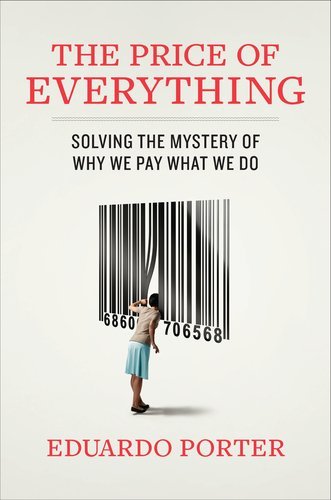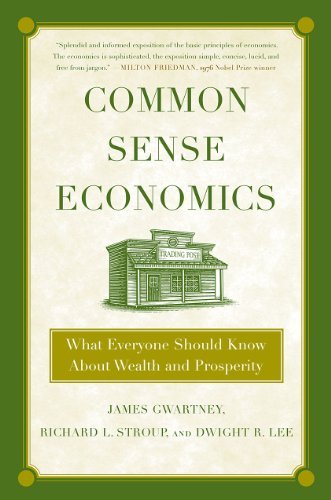
The Undercover Economist
Book Description
Behind every price tag lies a hidden story, a web of choices and consequences that shape our world. In "The Undercover Economist," Tim Harford unravels the secrets of everyday economics, exposing the invisible forces that drive our decisions. From the bustling markets of coffee barons to the stark realities of global trade, every chapter is a thrilling expedition through the intricate mechanics of supply and demand. With sharp wit and captivating insights, Harford reveals how seemingly simple choices can ripple through economies, influence lives, and ignite change. What if understanding these forces could change everything you thought you knew about life?
Quick Book Summary
"The Undercover Economist" by Tim Harford provides an engaging exploration of the hidden forces shaping the world around us through the lens of economics. Harford deftly uses real-life examples—from the pricing of coffee to the dynamics of global trade—to illustrate how market forces, incentives, and resource scarcity influence everyday decisions. With clarity and wit, he deciphers the apparent mysteries behind price differences, congestion, auctions, and international disparities. Rather than complex mathematical models, Harford relies on storytelling to reveal how economics impacts ordinary people, business interactions, and global relations. Ultimately, the book demonstrates that thinking like an economist can help decode daily life and make sense of the choices we, and others, face.
Summary of Key Ideas
Table of Contents
Scarcity and the Power of Prices
Harford begins by illustrating how scarcity is at the root of all economic activity. By examining seemingly mundane transactions, such as buying coffee, he exposes how limited resources lead to competition and drive up prices in sought-after locations. Each price tag is shown to reflect not just cost, but the value and scarcity of underlying resources—like prime real estate. The choices made by both businesses and consumers are shaped by these constraints, shedding light on why some goods are expensive and others affordable.
Incentives and Hidden Market Forces
Beyond scarcity, Harford discusses how powerful incentives—both visible and hidden—govern everyday behavior. He provides examples like supermarket pricing strategies, office politics, and congestion charges to demonstrate how incentives can alter decision-making. The book reveals that these forces are often subtly embedded within our environment and institutions, shaping outcomes in ways we may not immediately recognize. Recognizing these incentives enables individuals to make more rational and informed choices.
The Economics of Information and Choice
Information asymmetry is another core concept Harford unpacks through accessible examples. He examines how differing access to information—between buyers and sellers, employers and employees, or companies and consumers—creates opportunities for strategic behavior and sometimes, exploitation. The book conveys how tools such as statistical discrimination, brand reputation, and signaling serve to bridge information gaps, but also how they can give rise to inefficiencies or distortions in the marketplace.
Externalities and Market Failures
Harford dedicates attention to externalities—costs or benefits not reflected in market prices—using cases like air pollution and traffic congestion to show how markets can fail to work efficiently on their own. He analyzes when and why government intervention, such as taxes, subsidies, or regulation, is needed to address these failures. This section makes clear that economics is not solely about money but about understanding and addressing the hidden social costs of everyday choices.
Global Trade and Economic Inequality
Finally, Harford explores the broader arena of global trade and the resulting inequalities between nations. He dispels myths behind trade protectionism and emphasizes how openness, productivity, and comparative advantage can drive prosperity. However, he does not shy away from the political and social difficulties that arise when globalization delivers uneven gains. The book closes by encouraging readers to view economic forces as tools for understanding—and ideally, improving—the world around us.
Download This Summary
Get a free PDF of this summary instantly — no email required.





